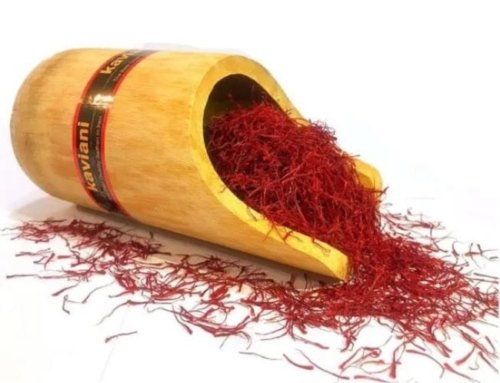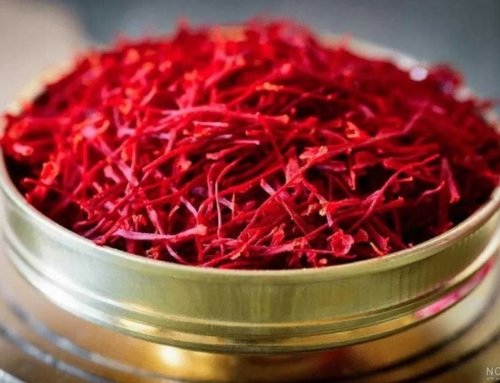Saffron is a barrier against the destruction of ovarian follicles
Researchers at Tehran Azad University, Science and Research Branch, found that crocin, a substance in saffron, can prevent the destruction of follicles. It is also able to reduce serum levels of estrogen and progesterone.
Saffron (Crocus sativus L.) is a spice that has long been used in some countries to improve the color and taste of food. One of the main components of saffron is crocin. So far, four phytochemicals known as carotenoids, flavonoids, terpenoids, and curcumin have been identified that are responsible for the phytochemical activity of herbal medicines.
Crocin is a carotenoid found in saffron. Recent research has shown that this substance has various medicinal effects. The antioxidant, anti-cancer, anti-coagulant, analgesic, anti-depressant and anti-anxiety properties of crocin have been confirmed. It is also used as an effective treatment for Alzheimer’s disease, clogged arteries, hyperlipidemia and hypertension. Different herbs improve fertility and help hormonal balance, and some of these herbs have different effects.
Disorders of the hypothalamic-pituitary-gonadal axis can have unpleasant consequences for fertility. This axis plays an important role in the hormonal regulation of the reproductive system. Almost all pituitary secretions are controlled by hormonal or neuronal signals from the hypothalamus. The sex hormones secreted by the pituitary gland also affect the gonads or gonads, forming the hypothalamic-pituitary-gonadal axis.
There is a peptide in the hypothalamus called case peptin or metastin, which is encoded by the Kiss-1 gene and is known to inhibit metastasis in melanoma cells.
This gene is expressed in hypothalamic nerve cells and is a key regulator of the hypothalamic-pituitary-gonadal axis in female mammals and is required for follicular growth and ovulation during reproduction.
Nerve cells expressing case peptin regulate the secretion of gonadotropin-releasing hormone, thereby controlling follicle-stimulating hormone (FSH) and luteinizing hormone (LH). Due to its effect on the development of the sexual organs and the hypothalamic-pituitary-gonadal axis, dysfunction of the case cells of the case peptin can lead to abnormal fetal growth and infertility.
Dr. Kazem Parivar and his colleagues at the Islamic Azad University, Science and Research Branch of Tehran studied the effect of saffron on the pituitary-gonadal axis and the expression of the kiss-1 hypothalamic gene in rats.
In this experimental study, 18 adult female Wistar rats were randomly divided into three groups. The control group received normal saline (physiological serum) and the experimental group received two different doses of crocin (100 and 200 mg / kg) every two days for 30 days. After the treatment period, blood samples were taken from the heart and centrifuged.
Serum levels of follicle-stimulating hormone (FSH) and luteinizing hormone (LH), estrogen and progesterone were measured by ELISA. Ovarian tissues were isolated for histological examination.
Kiss-1 hypothalamic gene expression was measured using real-time PCR. All data were analyzed using one-way analysis of variance.
In mice consuming 200 mg / kg crocin, a significant reduction in the number of atrial graf follicles (destroyed follicles) was observed.
Estrogen concentration in experimental groups was significantly reduced compared to the control group and progesterone concentration in crocin-treated rats 200 mg / kg was significantly reduced compared to the control group.
The relative expression of Kiss-1 mRNA was significantly reduced in the experimental groups compared to the control group.
The results of this study, published in the latest issue of the International Journal of Reproduction and Infertility, Royan Research Institute, show that crocin at the hypothalamic level reduces kiss-1 gene expression. However, decreased expression of the Kiss-1 gene does not affect sex-dependent hormones (LH and FSH).
This suggests that other mechanisms may offset this decline. At the level of the ovary, crocin acts as an anti-apoptotic agent and reduces the loss of follicles.



![Exporting Saffron to Turkey + Price Guide [Complete 0 to 100]](https://www.rowhanisaffron.com/wp-content/uploads/f1-372-500x383.jpg)




Get Social